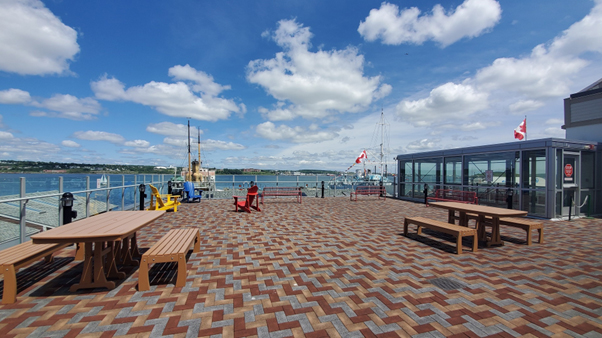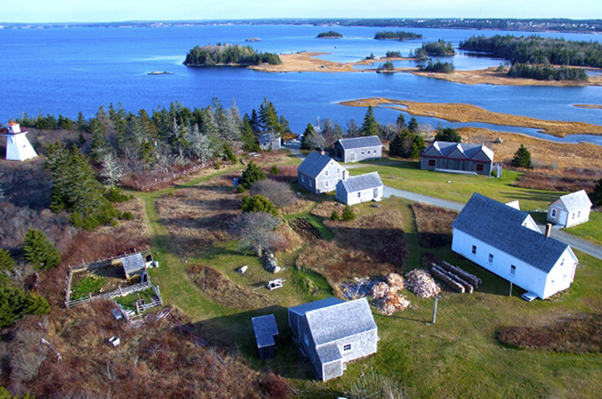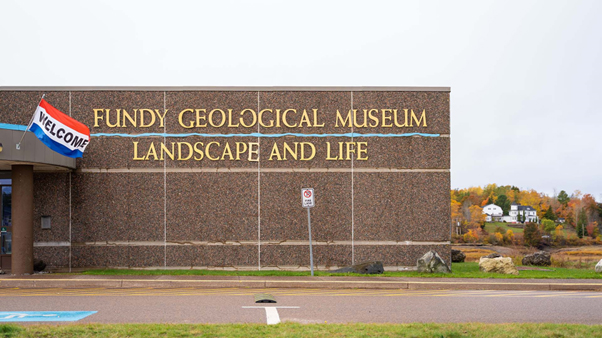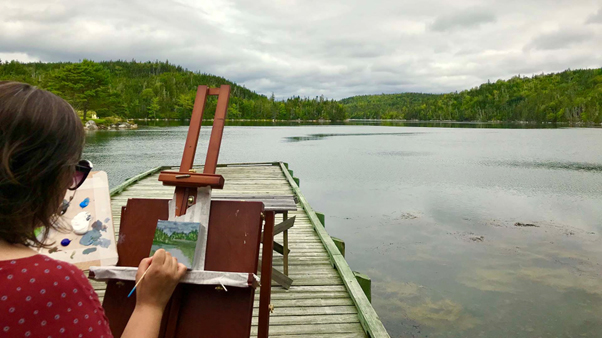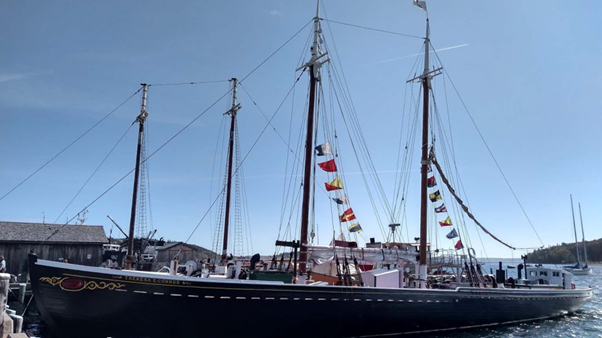Discover Nova Scotia’s Coastal Museums
With more than 13,000 kms of coastline surrounding the province, it’s no surprise Nova Scotia’s rich heritage is heavily influenced by the sea. From stories of the fishing industry to insights into historic shipbuilding and even geology, these five museums are the perfect opportunity to immerse yourself in Nova Scotia’s coastal history.
Maritime Museum of the Atlantic (Halifax): Located in the province’s capital, in the heart of the historic Halifax waterfront, the Maritime Museum of the Atlantic features an abundance of exhibits focused on Nova Scotia’s strong connection to the sea. From the popular Titanic exhibit to the displays on the Halifax Explosion, the museum overflows with takes of history. Be sure to check out the the ongoing exhibit Ta’n me’j Tel-keknuo’ltiek: How Unique We Still Are, which shares experiences of how Mi’kmaq people remain connected to the waters of Mi’kma’ki.
Fisheries Museum of the Atlantic (Lunenburg): After you’ve explored Lunenburg’s colourful downtown, continue your journey through Lunenburg’s history at the Fisheries Museum of the Atlantic. What was once the home of a fish processing plant, now features galleries and artifacts that tell stories of a diverse fishing heritage. Explore what lies beneath the waves at the Marine Life Gallery, then tour the museum to discover the Mi’kmaq Fishery, Inshore Fishery, the Banks Fishery and Spin-Off Industries. Further down the waterfront, learn about boatbuilding at the Museum’s Big Boat Shed, the former site of Smith & Rhuland—the shipyard that built the iconic Bluenose schooner.
Le Village historique acadien de la Nouvelle-Écosse (Lower West Pubnico): Nova Scotia is home to a rich Acadian culture and Le Village historique acadien de la Nouvelle-Écosse is a perfect opportunity to immerse yourself in this vibrant history. Explore the grounds of this immense 17-acre site, visit a variety of historic buildings, including original homes and a lighthouse, explore a cemetery, and learn about historic farming and fishing traditions in this seaside village. Still inhabited by descendants of the village’s founder, this museum showcases the industrious and joyful spirit of the Acadian people, while celebrating a language and culture that has thrived for more than 250 years.
Fisherman’s Life Museum (Oyster Pond): Journey to Nova Scotia’s Eastern Shore and discover the Fisherman’s Life Museum. Located in Oyster Pond, the building was originally built in the 1900’s and belonged to Ervin Myers, his wife Ethelda, and their 13 daughters. Experience rug hooking, learn how to cook meals on a wood stove, and discover how an inshore fisherman made a living off the land and sea in the early 1900’s.
Fundy Geological Museum (Parrsboro): Travel back millions of years to when dinosaurs roamed the earth and experience ancient Nova Scotia at the Fundy Geological Museum. Explore the region’s rich geological timeline to learn about the Parrsboro area’s internationally significant fossils. From Jurassic reptiles and dinosaurs to 300-million-year-old footprints of ancient amphibians, see how the world’s highest tides breaking have eroded these once hidden fossils to the surface. Parrsboro is also famous for gem and mineral treasures, which can be found throughout the museum exhibits.






